Cornell University exploring ways to preserve surplus larvae using cryoprotectants
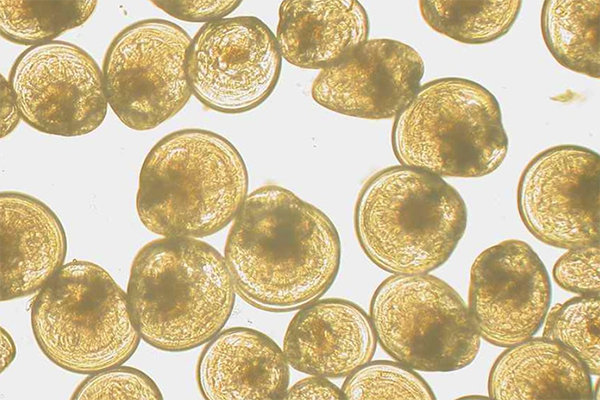
Researchers at Cornell University (New York, USA) say that shellfish hatcheries could increase their efficiency and reduce waste by freezing broodstock for use in future seedings.
A research project led by Gregg Rivara, an aquaculture specialist at Cornell Cooperative Extension Suffolk County, is looking at ways to preserve surplus larvae using cryoprotectants (antifreeze compounds and antifreeze proteins like glycerol).
“Shellfish hatcheries spend considerable labor, energy and phytoplankton conditioning adult shellfish to affect out-of-season spawning,” said Rivara. “Low-temperature storage of excess larvae would allow a hatchery to recoup the effort in conditioning and spawning, as well as act as an insurance plan if a meltdown in larval rearing occurred. Rather than spawn a new batch of broodstock, they could reanimate the stored larvae and raise these larvae to the nursery phase.”
Rivara seeks to find the easiest way to use cryoprotectants to keep the broodstock alive at a very low temperature. New York’s $8.8 million dollar aquaculture industry depends on shellfish hatcheries for seed stock every year.
The initiative is one of eight new research projects across the state that New York Sea Grant (NYSG) – a collaboration between Cornell University and the State University of New York – is supporting through National Oceanographic and Atmospheric Administration funding.
Follow the Advocate on Twitter @GSA_Advocate
Now that you've reached the end of the article ...
… please consider supporting GSA’s mission to advance responsible seafood practices through education, advocacy and third-party assurances. The Advocate aims to document the evolution of responsible seafood practices and share the expansive knowledge of our vast network of contributors.
By becoming a Global Seafood Alliance member, you’re ensuring that all of the pre-competitive work we do through member benefits, resources and events can continue. Individual membership costs just $50 a year.
Not a GSA member? Join us.
Author
Tagged With
Related Posts
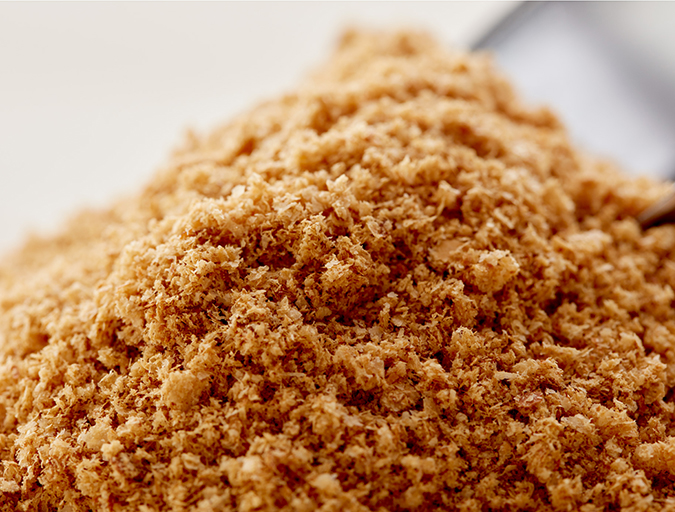
Aquafeeds
Bridging the omega-3 gap with methane, microalgae
Innovation is leading to new ingredient options for renewable sources of omega-3 fatty acids. But Replicating long chain fatty acids is a tall order, Advocate contributor Lisa Duchene discovered.
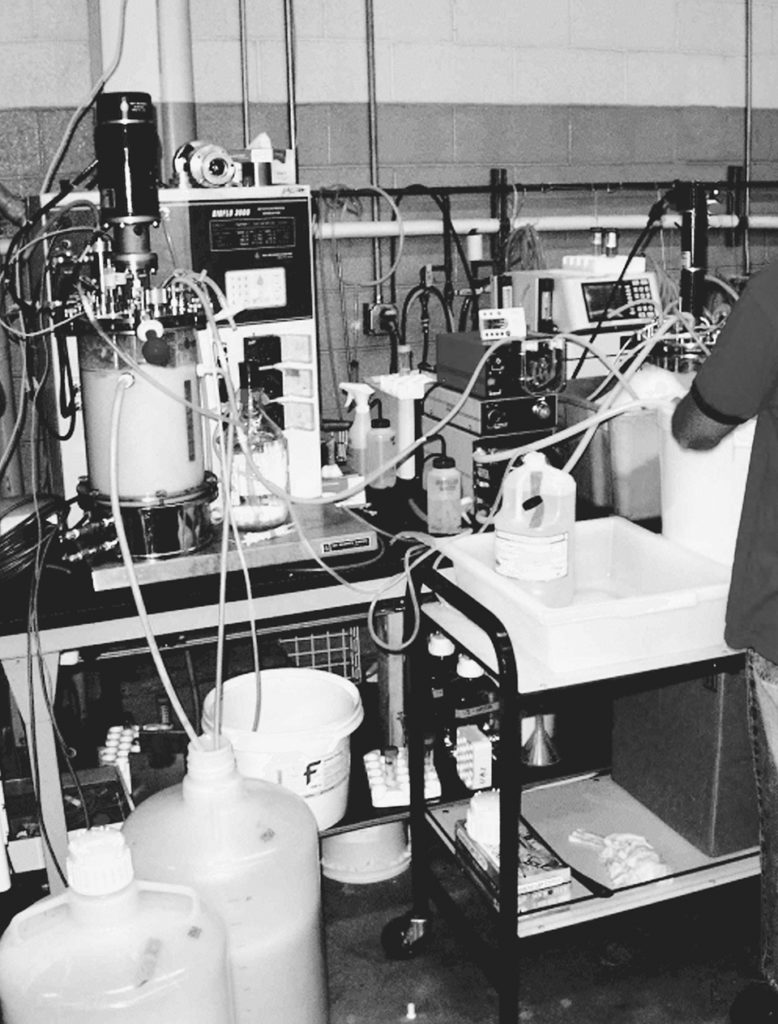
Responsibility
Protein, lipid recovery from fish-processing byproducts
West Virginia University developed a lipid and protein recovery process from byproducts that reduces disposal concerns in the process of fish processing.
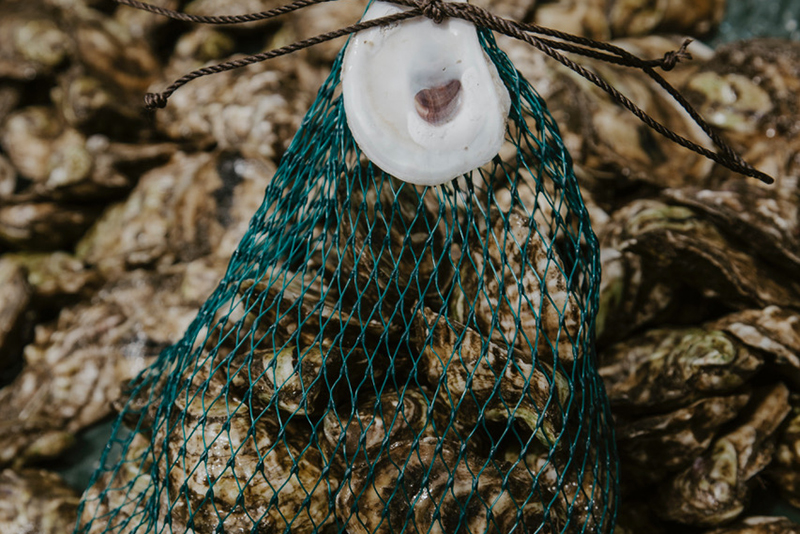
Intelligence
They sell shellfish shares by the seashore: A surge of oyster CSAs
During the pandemic, several U.S. shellfish farmers have found much-needed relief through community supported aquaculture programs, or CSAs.
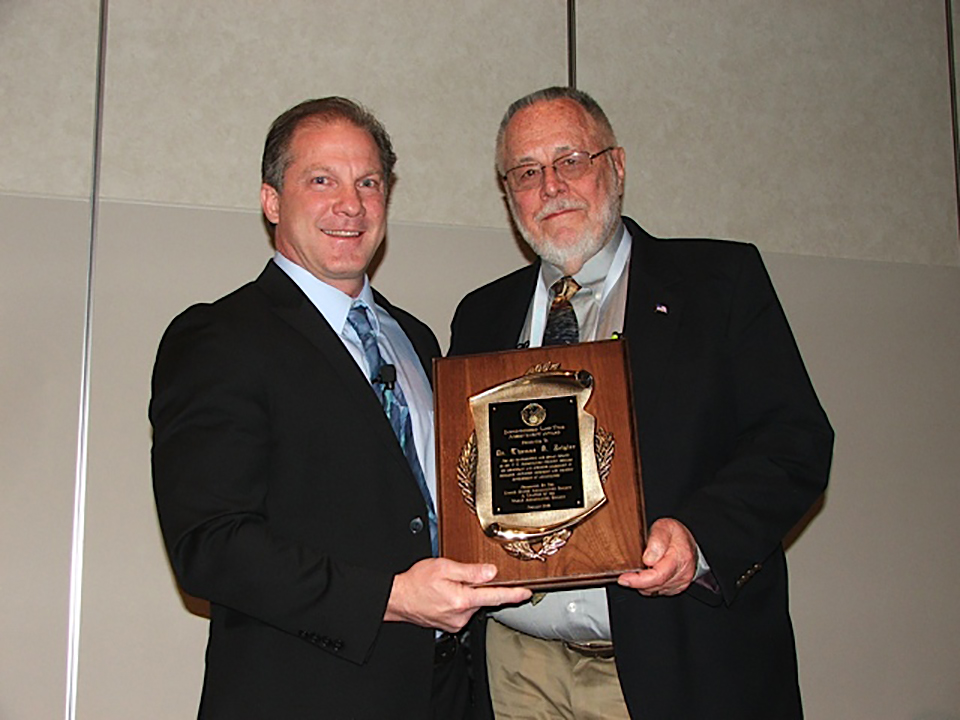
Aquafeeds
Aquaculture Exchange: Dr. Tom Zeigler
The World Aquaculture Society’s latest Lifetime Achievement Award recipient reflects on 50 years in the business of producing high-quality, nutritious feeds for the poultry, livestock and aquaculture industries.



